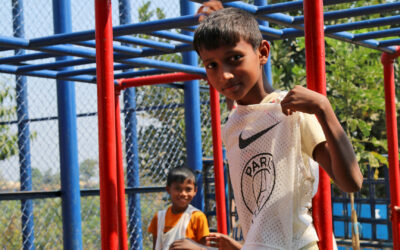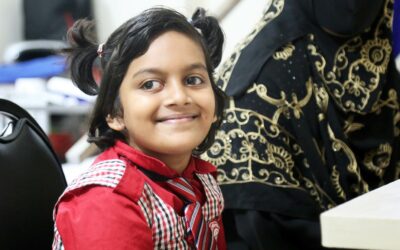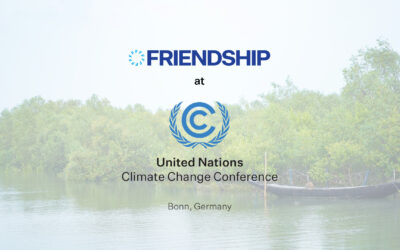The Evolution of Friendship’s Rural Solar Electrification Project
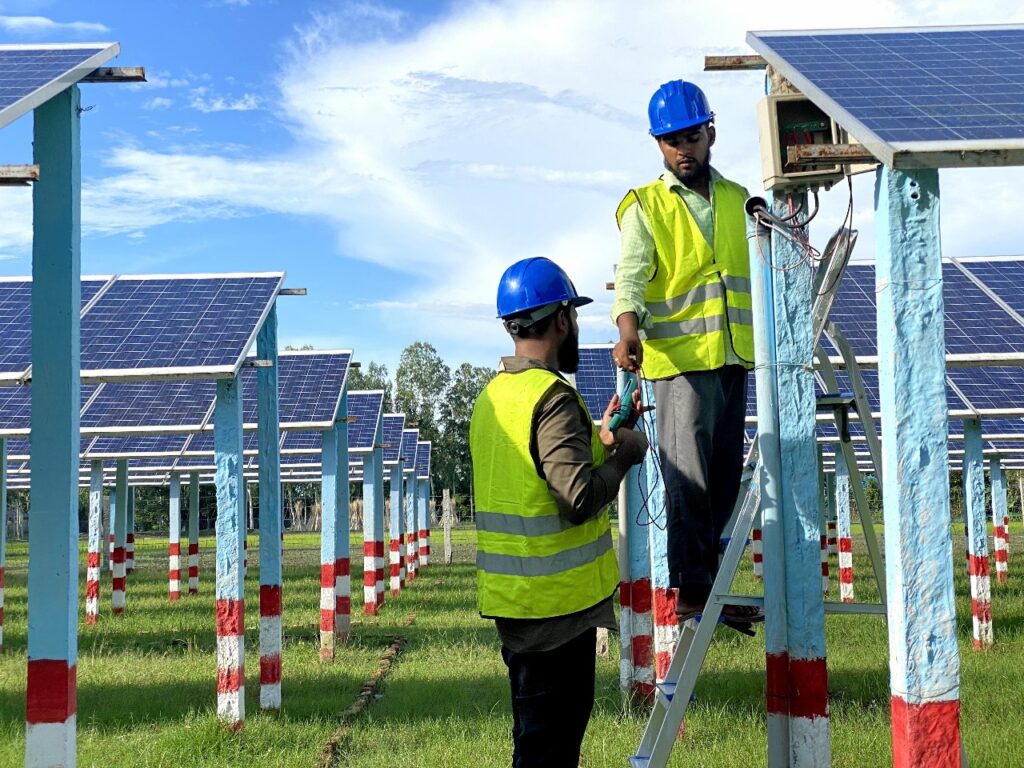
by Colton Summers
October 30, 2023
In 2009, Friendship’s electrification project set out to improve the living standards of historically impoverished and isolated communities in the riverine sandbar islands of Bangladesh, called chars. Electricity access creates new opportunities for income generation, boosts safety, comfort, and wellbeing, and reduces health and environmental risks by replacing hazardous alternatives with renewable technologies.
Through its prior work in these regions, Friendship had already established networks of active community members, known as FCDCs (Friendship Community Development Committees), which helped to identify the need for electricity and coordinate their efforts on the ground.
Today, Solar Home Systems (SHS) installed by Friendship range in capacity from 20 Wp (Watt-peak) to 85 Wp. Larger systems can generate electricity to power TV screens, refrigerators, fans, mobile charging stations, and more. In 2009, the most pressing need was simpler: light. Expanding the national electricity grid to reach the chars was impossible because of their remote and precarious geography, so these communities had few options to illuminate their homes after sunset.
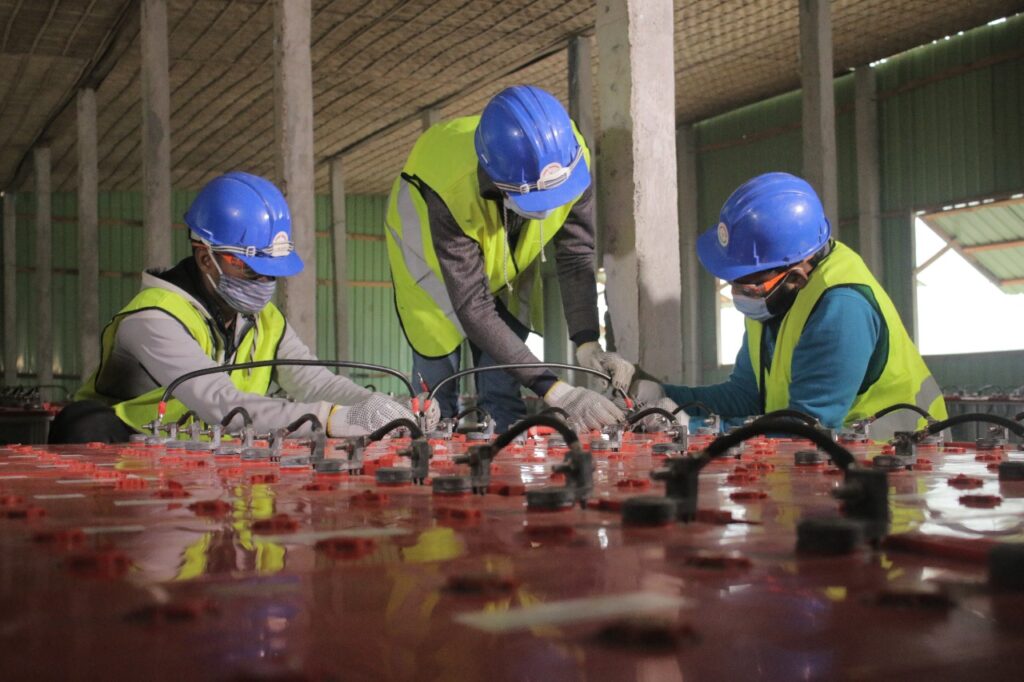
Prior to solar power, kerosene oil lamps were the most common solution to this problem, but these involve a slew of health, fire safety, and environmental hazards. Kerosene emits carcinogens and pollutants, and the lamps are prone to malfunction. Oil can easily be spilled, causing burns, ruining food, and wasting valuable fuel.
The benefits of electrification were evident almost immediately. Children were able to study comfortably in the evenings, and adults could continue their work into the evening, thus supplementing their income.
Alongside, Friendship’s affordable financing options have enabled far more households to gain access to electricity. Through Mushti—Friendship’s microfinance sister concern—loans were given to reduce the upfront investment of an SHS to around 20% of its total cost. After one or two years, beneficiaries gain total ownership of the system. Monthly installments were price-matched to the average amount spent on kerosene, so households could get a far superior option for the same price.
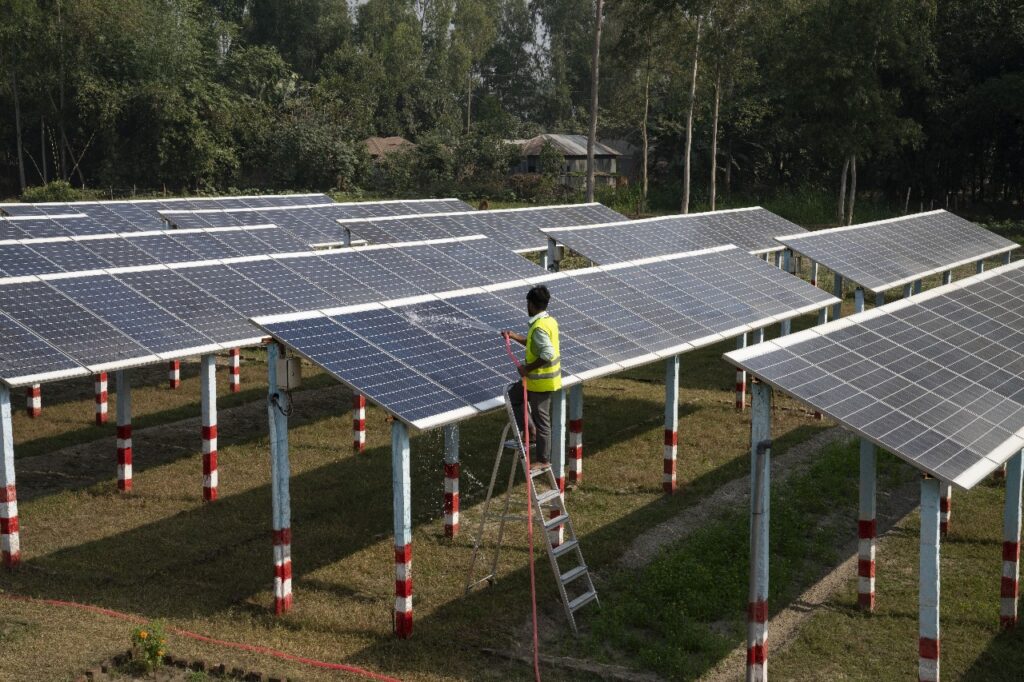
Friendship subsequently began to train local community members as Para-Solar Technicians (PSTs). This network of technicians works as freelancers in their communities, providing maintenance services, and meaningful employment opportunities, while addressing beneficiaries’ common technical problems.doing so, the project is made more robust, inclusive, and sustainable.
Over time, Friendship’s achievements earned recognition from the Bangladeshi government, and in 2016 it was selected as a partner in the TR/KABITA project, which aimed to provide universal access to electricity. A year later, Friendship was also contracted to provide solar streetlights and other systems in the Rohingya Refugee camps.
Being outside the protection of embankments, the river islands are prone to extreme floods. PSTs assist clients to safely dismantle their power systems and later reassemble them. PSTs also raised awareness of incoming crises, helping to guide their communities to avoid the worst impacts. During the Covid-19 pandemic, many PSTs offered their services pro bono, considering the economic hardships faced by communities.
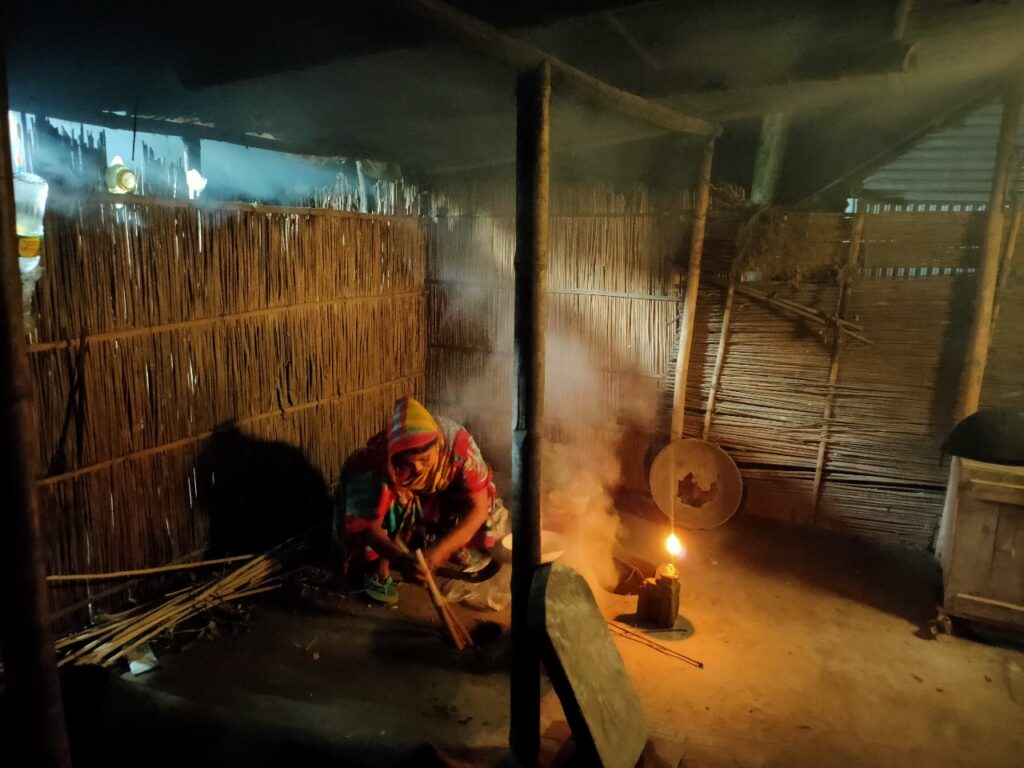
In March 2021, a solar microgrid was set up in the char of Goynar Potol. This initially connected 100 households, and later grew to include over 150. A local market, school, and legal booth are also connected to the grid, and the village has become a flagship of Friendship’s integrated development approach. Based on the success of this model, two new solar villages are now close to completion in Kabilpur and Ghughumari.
The solar villages also proved the efficacy of solar irrigation pumps. The diesel pumps that farmers were reliant on, are bad for the environment, expensive to run, and prone to malfunction. Solar pumps also maximise the efficiency of existing systems; batteries in the solar village often reach their capacity at around midday, and most electricity isn’t used until the evening. Solar pumps use this energy directly, so hours of sunlight and electricity generation are no longer wasted.
Friendship has thus far installed 3,582 Solar Home Systems and trained 739 Para-Solar Technicians. 56 SED (Sustainable Economic Development) Hubs have also been established. These stores are owned and run by experienced PSTs, and they provide products, services and information on a range of relevant topics such as electrification, agriculture, livestock, fishing, etc.
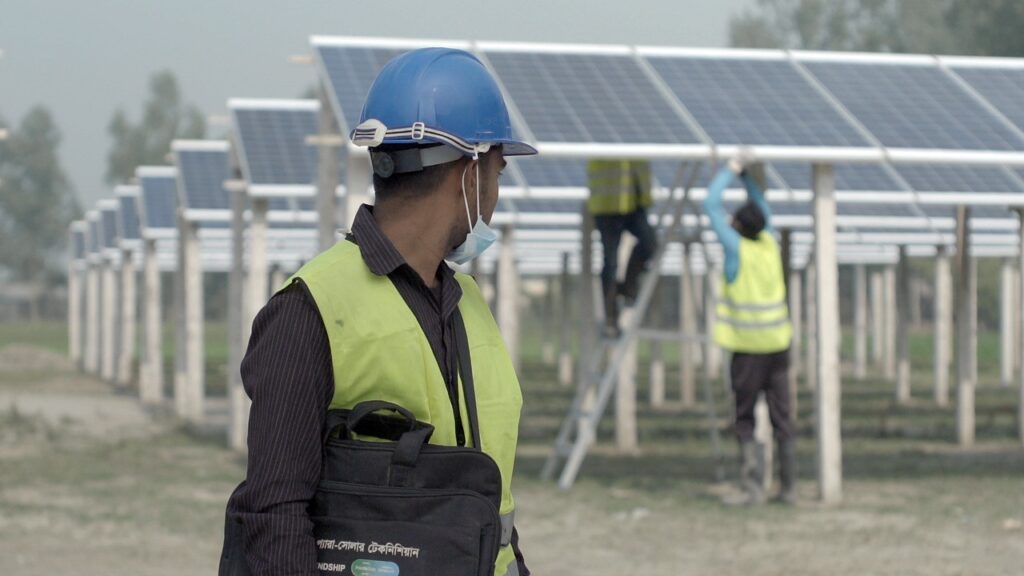
Friendship’s rural solar electrification programme stands as a shining example of sustainable economic development and its humanitarian impact. Thanks to renewable energy and reliable electricity, these underserved communities have been empowered with new opportunities for education, entrepreneurship, and overall wellbeing. By consistently addressing challenges and adapting strategies to be as inclusive as possible, this electrification programme shows that green and social economy is meaningful everywhere.

